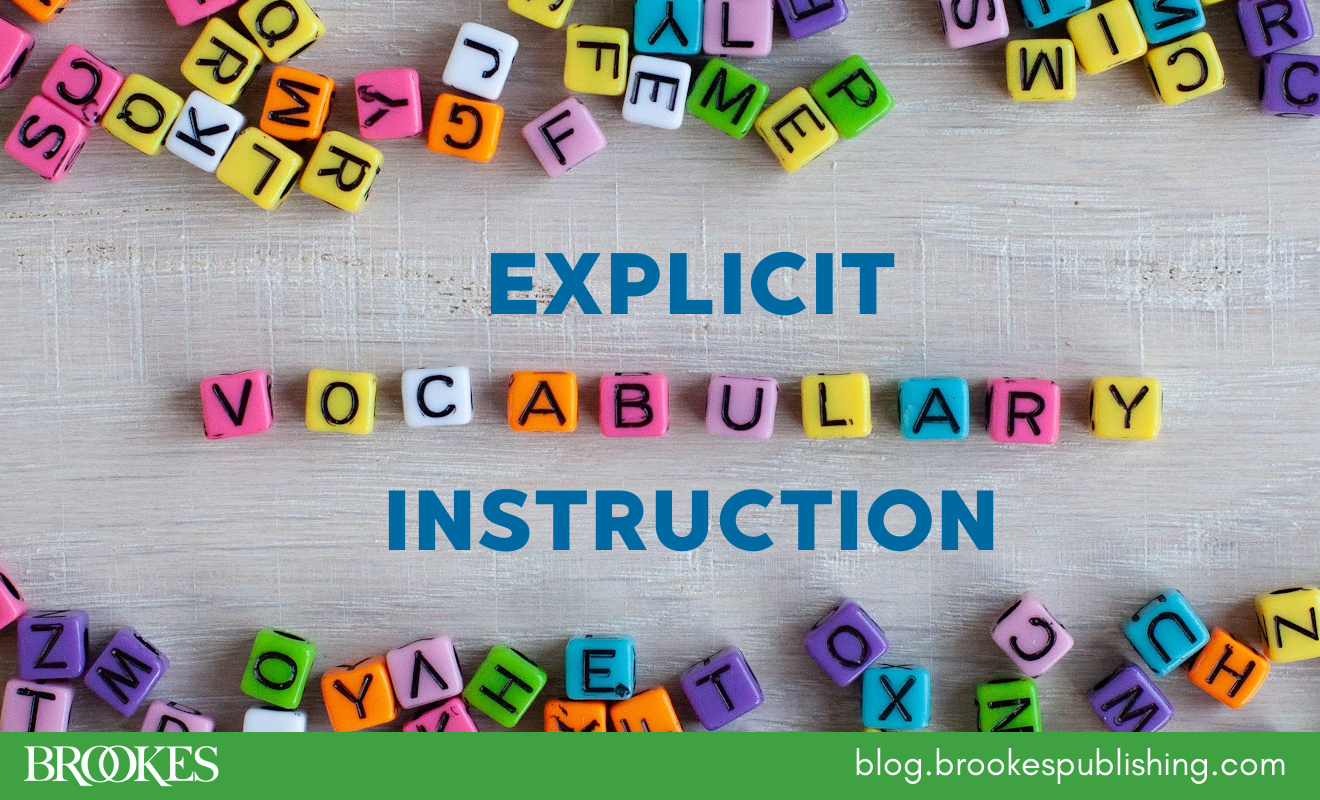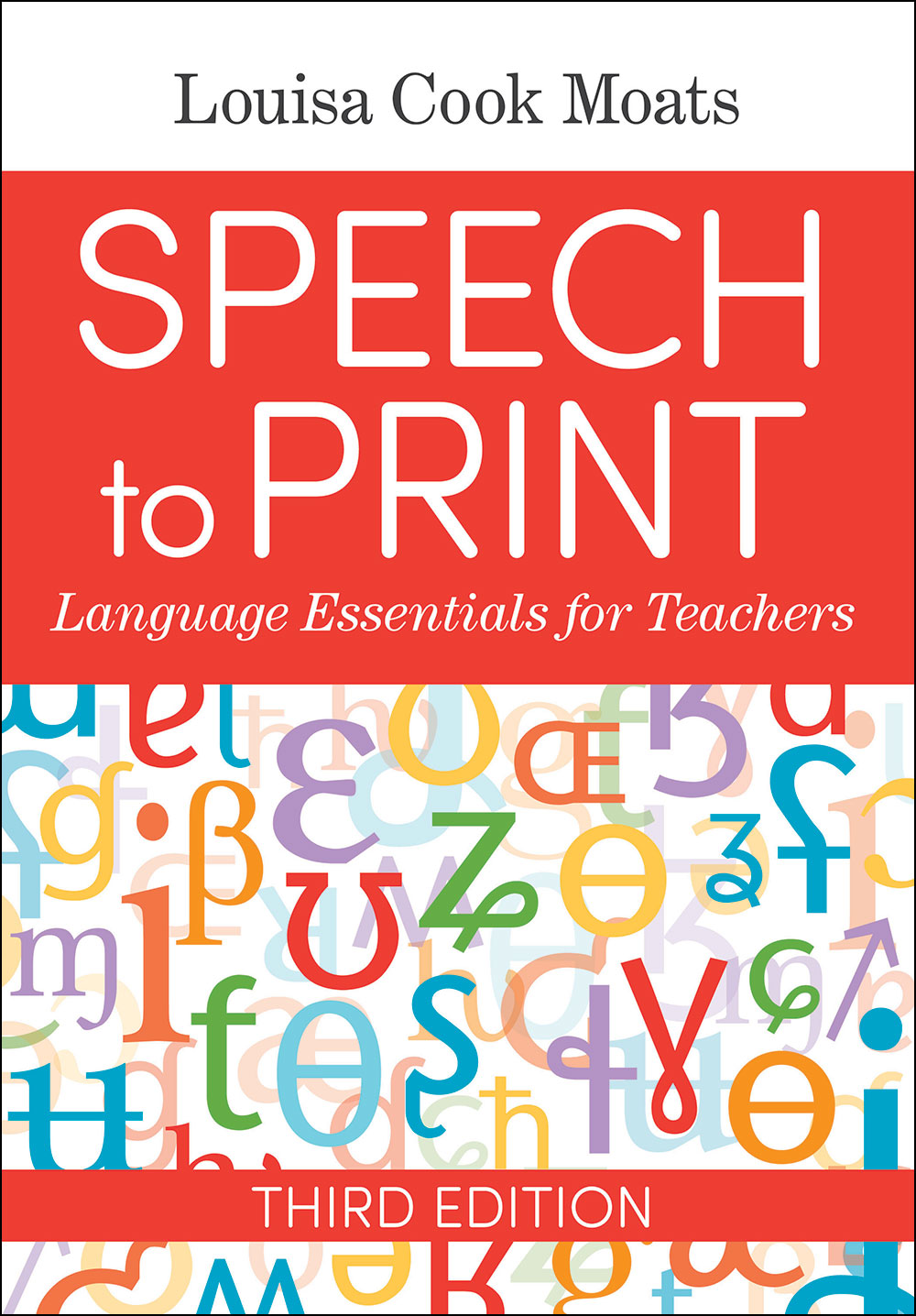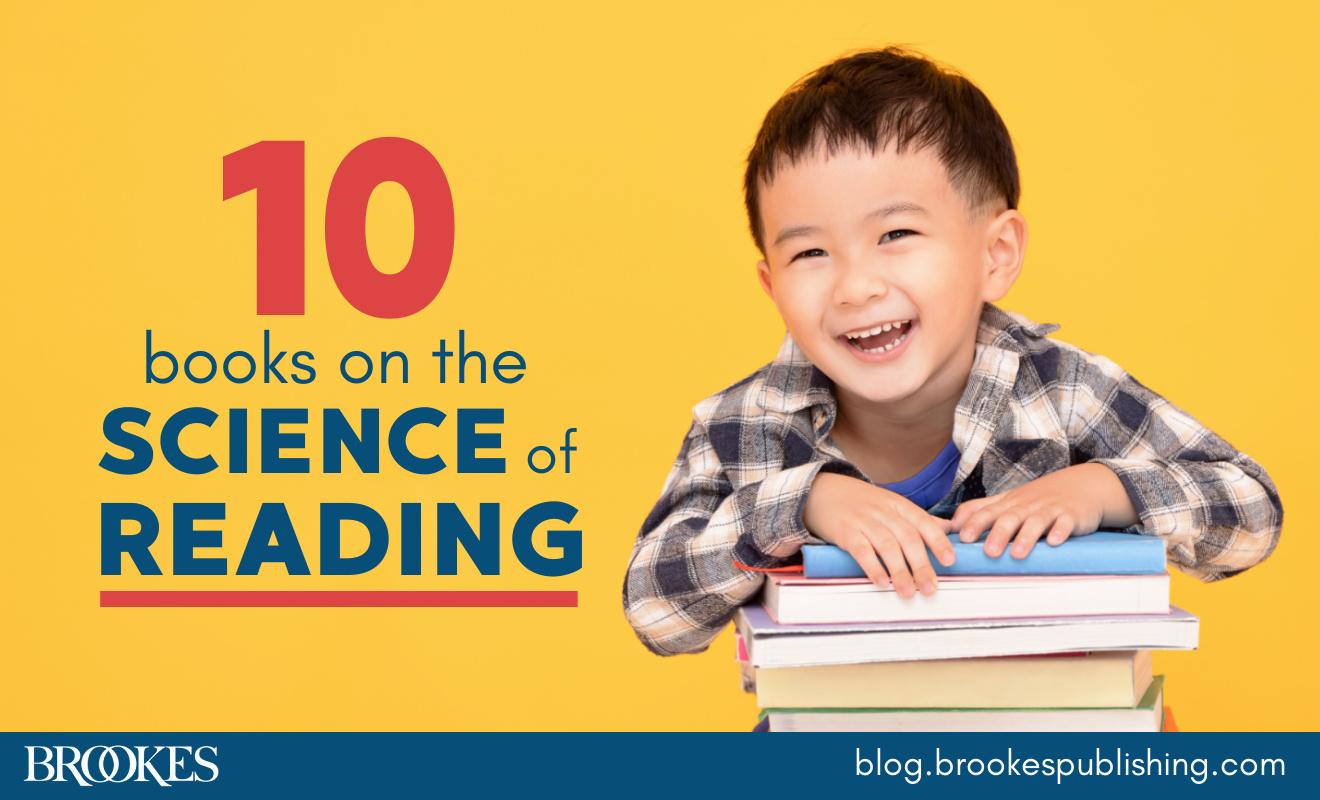5 Must-Dos for Explicit Vocabulary Instruction
September 26, 2024
 Good readers need broad and deep vocabulary knowledge—it’s the key to unlocking the meanings within the wide range of academic texts students will need to master. With some planning, teachers can give their students the explicit vocabulary instruction they need to strengthen comprehension skills and succeed in school across content areas.
Good readers need broad and deep vocabulary knowledge—it’s the key to unlocking the meanings within the wide range of academic texts students will need to master. With some planning, teachers can give their students the explicit vocabulary instruction they need to strengthen comprehension skills and succeed in school across content areas.
Excerpted and adapted from the third edition of Speech to Print by literacy all-star Louisa Cook Moats, Ed.D., today’s post outlines five important principles for teaching vocabulary to students.
Select Words for Explicit Instruction
Of the 1,000 to 3,000 new words that fourth- through eighth-grade students encounter in the texts they read each year, teachers have time to teach directly only a few each day. How should you choose the words for explicit instruction? Here are two things to keep in mind:
Choose words for direct teaching that are most critical for understanding the main ideas of the text. Words important to the theme or topic of a passage are the most appropriate to study (Beck, McKeown, & Kucan, 2013; Vadasy & Nelson, 2012). Spend less time on others that can be taught briefly or in passing.
Assign more than one reading about the same topic or theme. Words are most likely to be “owned” if students learn them within a network of related ideas pertinent to a topic, theme, or text. Memory for those meanings is more likely when a richer, deeper knowledge structure has been activated and developed. For example, if the reading is about the habitat of polar bears changing because of a warming climate, words such as adaptation, climate, arctic, vulnerable, and subsist would deserve more instructional time than words such as seal blubber, ice floe, or muzzle, even if students also do not know those words well. Related readings about other threatened species in arctic environments are also likely to use the target vocabulary.
Teach Word Relationships
Teach word meanings in relation to other words that students know. We store words in meaning networks, not as isolated items. Synonym and antonym relationships, analogies, and categorization should be staples of vocabulary development because they highlight the connections between ideas.
Graphic organizers for depicting semantic networks and word relationships are helpful to many learners. Semantic maps are visual depictions of the relationships among words and concepts and are drawn as branches emanating from a central idea. When categories are labeled, examples of the categories and properties of category members are given. The web of interconnected ideas can be expanded as widely as you wish. Traditional outlines are also useful for depicting relationships among concepts.
Establish a Routine for Introducing New Words
Routines can liven the pace of instruction. Here’s a routine you might use to introduce new words:
- First, provide a student-friendly definition of the word. A complete definition includes a synonym and/or category to which the word belongs and some information about the word’s distinguishing features. For example, “Climate means conditions of the atmosphere or weather patterns characteristic of a region over a long period of time.”
- Provide many examples of how the word is used. “Climate scientists study how weather patterns change over tens or hundreds of years.” “The climate in the desert is very dry and hot.” “The melting of glaciers in Alaska since 1960 is a sign of climate”
- Ask the students yes/no questions that use the word. “Is climate the same as today’s weather, yes or no?” “Could a huge mountain have a different climate on top than at its base, yes or no?” “Would a changing climate affect plants, people, and wildlife, yes or no?”
- Ask students to make sentences with the target word or words, and have them write or share these orally with a partner. Here is where connotative and social uses of the word can be clarified.
- Plan different activities during the week to revisit key vocabulary up to a dozen or more times, in different contexts, orally and in text. Build a network of associations around each word by using the targeted words together. Make review of these key terms part of your unit review and part of preparation for quizzes and exams.
Teach Multiple Meanings
Teach your students multiple meanings for the same word. Learning more than one meaning for a word deepens and broadens students’ vocabulary knowledge and may facilitate word recognition, word retrieval, and comprehension (Wolf, Gottwald, & Orkin, 2009). Even young children can explore several meanings for a simple word such as lot from the early stages of reading instruction.
Help with Figurative Language
All languages use word combinations or phrases that do not mean literally the sum of what their individual words mean. Figurative language includes:
- Idioms: phrases and sentences that convey nonliteral meanings, such as break a leg, eat your hat, and go jump in the lake.
- Similes and Metaphors: techniques of linguistic expression or figures of speech used in descriptive or poetic written language. Both make comparisons that depict the quality or characteristics of something, but a simile uses the word “like” or “as” and a metaphor does not. He is as strong as Hercules, as wise as an owl, or like a wet blanket are similes. Describing someone as blinded by love is a metaphor.
Your students may be unfamiliar with idioms and figures of speech, including similes and metaphors, because they are much more common in literary language than in conversational language. During analysis or close readings of text, highlight such uses of language and help students interpret them within their context.
Use these strategies to deliver the explicit vocabulary instruction your students need for long-term success in school. And for a strong foundation of language essentials that will enhance the way you teach, get the bestselling book behind today’s blog post!
References
Beck, I., McKeown, M., & Kucan, L. (2013). Bringing words to life: Robust vocabulary instruction (2nd ed.). New York, NY: Guilford Press.
Vadasy, P., & Nelson, R. (2012). Vocabulary instruction for struggling students. New York, NY: Guilford Press.
Wolf, M., Gottwald, S., & Orkin, M. (2009). Serious word play: How multiple linguistic emphases in RAV-O instruction improve multiple reading skills. Perspectives on Language and Literacy, 35(4), 21–24.





Write a Comment
Your email address will not be published. Required fields are marked *
Post a Comment